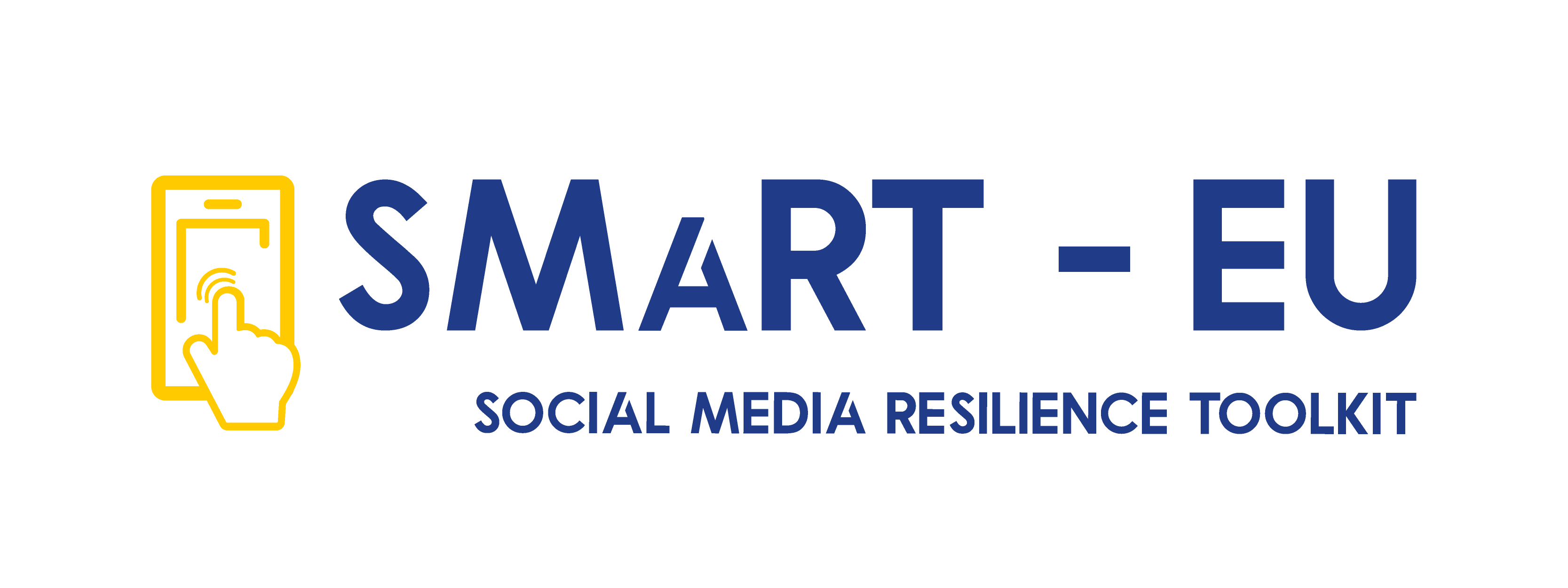Media Literacy
Media literacy is the ability to identify different types of media and understand the messages they’re sending. According to the European Union, it involves the capacity of accessing, critically understanding and engaging with the different media available. The European Commission’s definition also points to two fundamental dimensions: individual competences and environmental factors. To understand media literacy it is, therefore, fundamental to consider the different contexts in which it is developed and the fact that the technological evolutions have an impact on the ways we read, use and understand media (Celot & Tornero, 2009).
In an ever-changing world, where access to information and communication increases dramatically, media literacy is more important than ever. The UNICEF and UNESCO put this competence on the list of priorities for every country’s development, recalling that:
- Acquiring basic reading and writing skills creates opportunities;
- Literacy is a human right and an act of freedom;
- Literacy is a catalyst for sustainable development, promoting education, poverty eradication, citizenship and participation.
According to the Reuters Institute Digital News Report 2020, the pandemic situation clarified several aspects. On the one hand, news consumption in mainstream media and the use of online and social media increased. On the other hand, the coronavirus crisis enhanced already existing inequalities, making it clear that the most disadvantaged people or those with less financial capacity become more dependent on social networks and news from low quality media.
Media literacy competence is, therefore, relevant for all of us:
- For young people, who use and consume media on a daily basis in the most diverse contexts (Livingstone & Sefton-Green, 2016).
- For educators, who use media tools in their classrooms to teach and motivate others;
And for the older people, who find in the new digital media a way to be closer – to information, to their families and services (Hunsaker & Hargittai, 2018).
